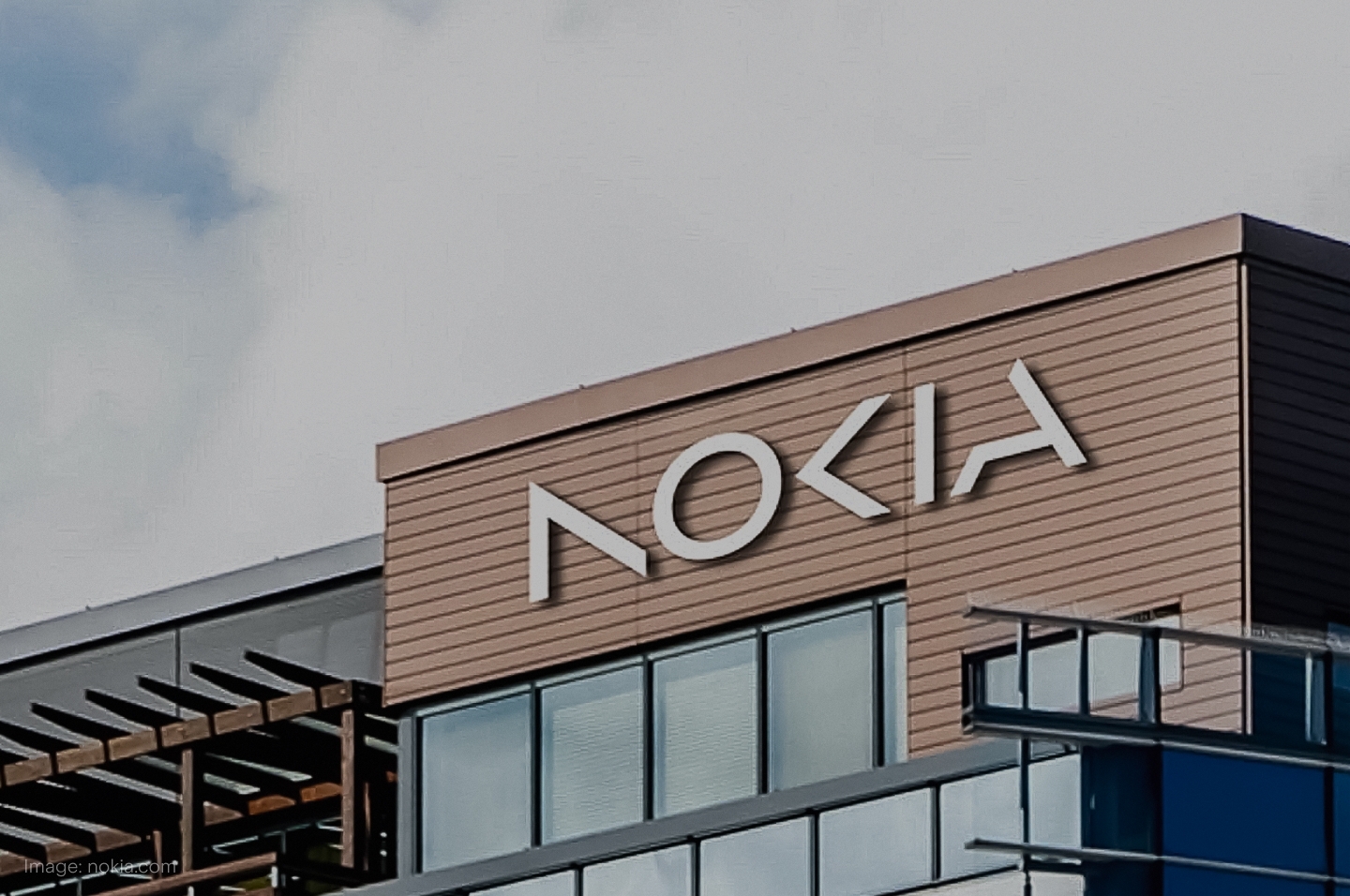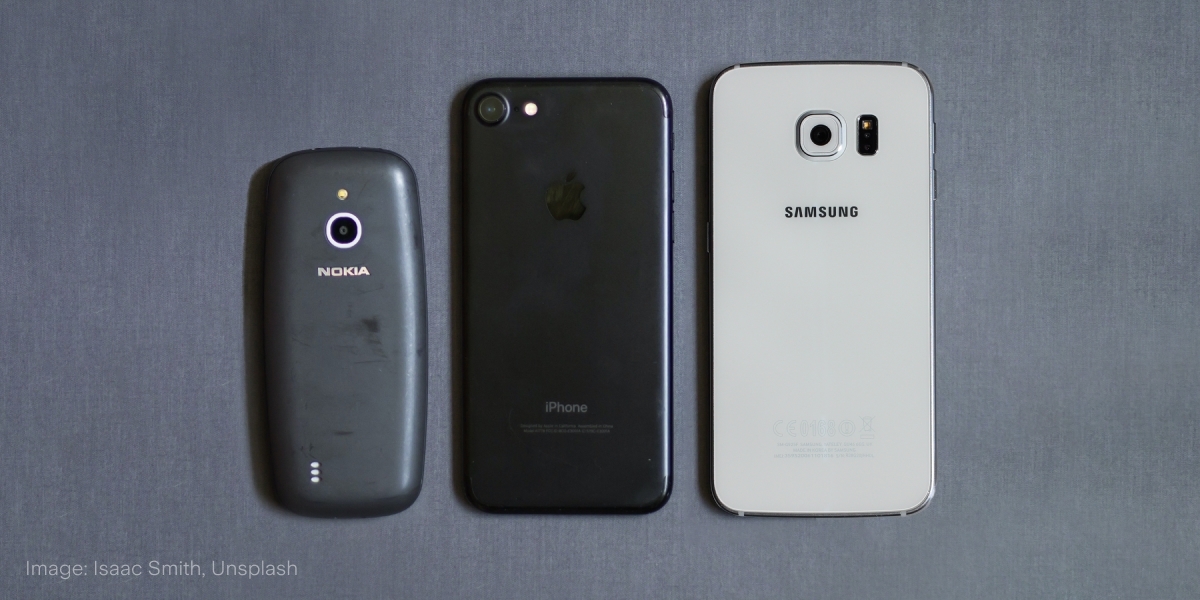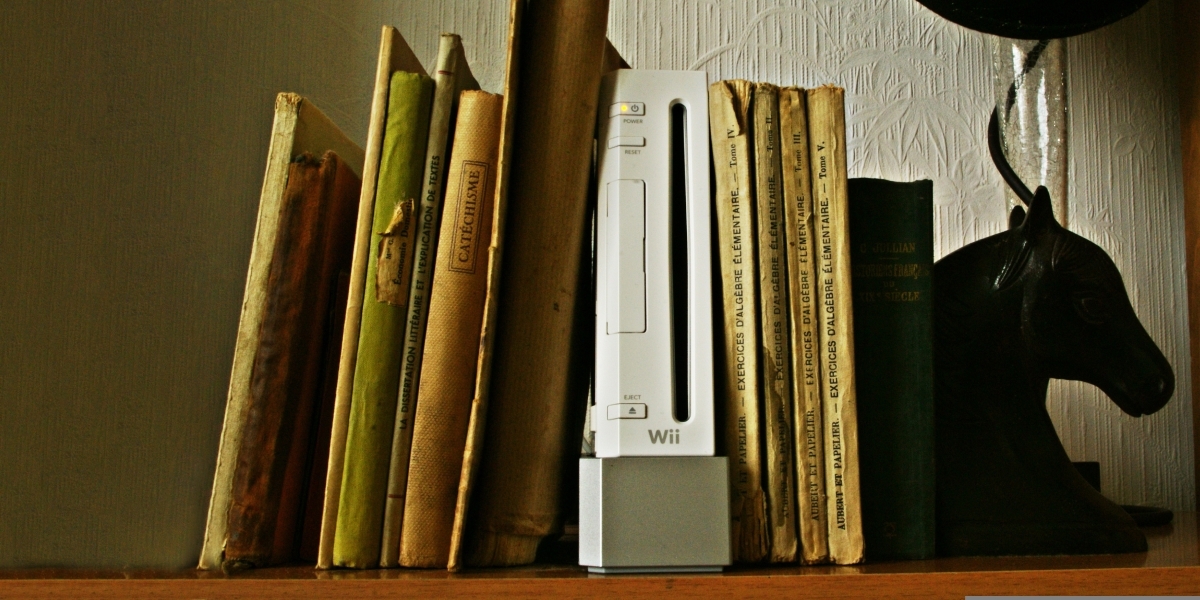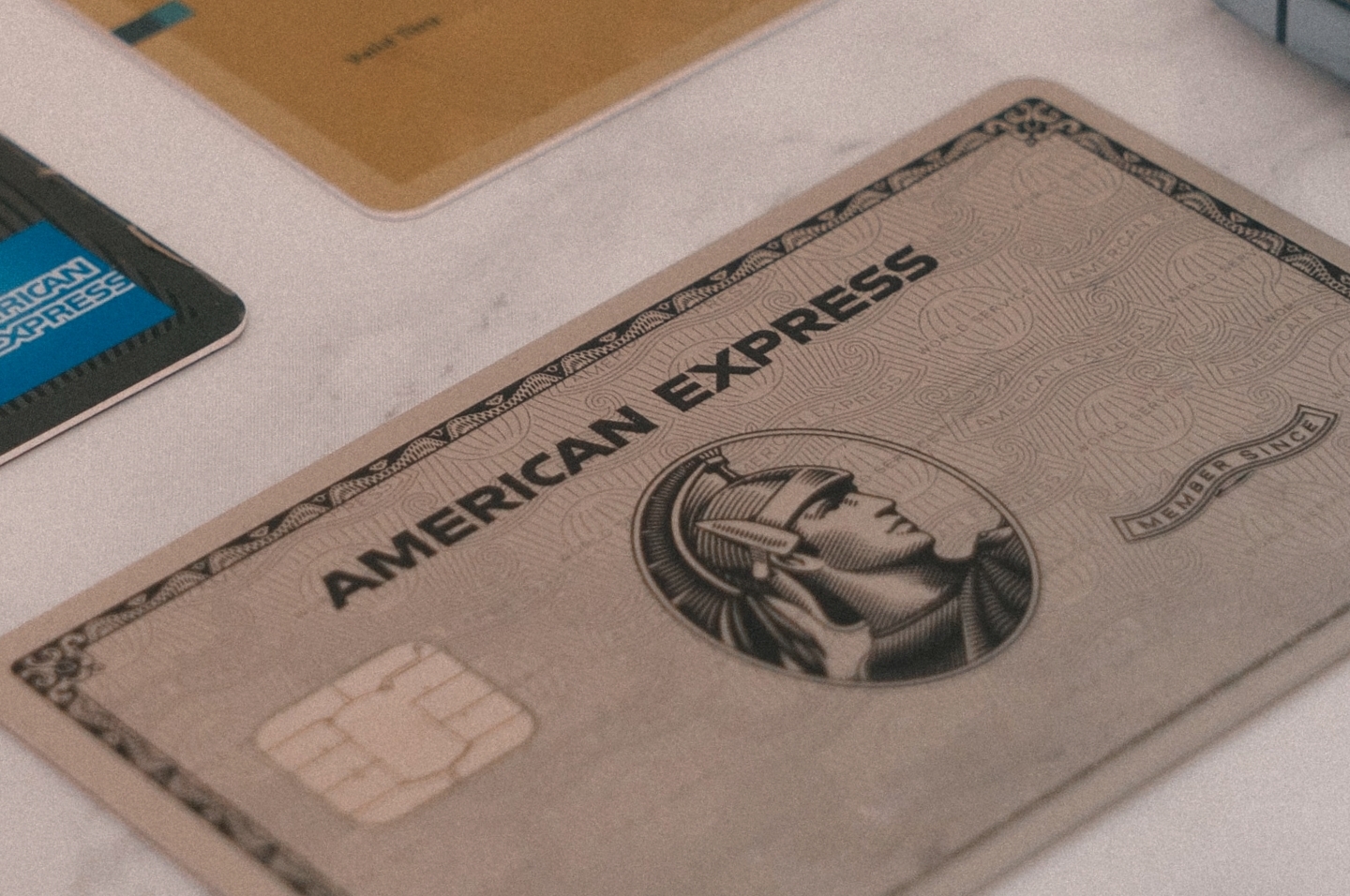
Under the Spotlight Wall St: Nokia Corporation (NOK)
Today’s smartphones are more powerful than the computers that guided NASA’s Apollo missions to the moon. Nokia was integral to this progress, but couldn’t keep up with the competition. This week, we put it Under the Spotlight.
.jpg&w=3840&q=100)
In 1865 a simple paper mill operation was founded by mining engineer Fredrik Idestam in south-western Finland. A few years later the business expanded to the nearby town of Nokia, drawn to the area thanks to the hydropower resources of the Nokianvirta River. It even provided inspiration for the company’s first logo, featuring local salmon. In 1902, Idestam’s friend, Leo Mechelin, helped create the public enterprise Nokia Ab and spearheaded the first foray into new ventures with electricity generation.
The Nokia Corporation ($NOK) was formed through the firm’s 1967 merger with rubber and cable businesses. The conglomerate focused on four markets: paper, electronics, rubber, and cable. In reality, it developed a wide range of products, ranging from toilet paper, bicycle and car tires, rubber footwear, chemicals, to communication cables and military equipment. Considering this variety, it’s often characterised as a kind of holding company at this time.
In 1979 Nokia took its first steps towards the telecommunications industry. They formed a joint venture with Finnish TV maker Salora, known as Mobira Oy, and created gadgets for one of the world’s earliest automatic mobile phone systems, the Nordic Mobile Telephone service. This served as the basis to 1G, the set of standards for the first generation of wireless cellular technology.

Mixed messages
From the 1980s, the various divisions were made independent and required to finance themselves. Strong manufacturing capabilities and growing demand for electronic goods saw this segment emerge as the major source of profits. However, not all plans were successful and some, like their personal computer project, were short lived. Overall profit levels also continued to decline and there was ongoing pressure to change course.
Early innovations during this period set the foundations for their future. Their first car phone was a hefty 9.8 kg, while the later version slimmed down to around 4.7 kg. For comparison, a standard brick weighs approximately 2.25 kg. It was also a fast mover in the network equipment area. Its 1982 DX200 digital switching platform known for its reliability and low costs was only phased out by global telecoms in 2013.
It became clear that Nokia’s strengths really lay in making hardware for satellite and digital television technology applications. They were creating items for clients such as Hitachi, Ericsson ($ERIC) and IBM ($IBM). By the early 1990s, management decided to focus solely on the telecommunications market and sold off their other business categories. Already owning all the parts for end-to-end solutions put them ahead.

Wake up call
While the clear strategy brought a more positive outlook to Nokia’s team, it could not escape its past. The search for growth through various acquisitions in previous years had largely resulted in building up debt, rather than any significant successes. Finland’s main export market also collapsed with the fall of the Soviet Union. Even rival Ericsson declined to purchase the business at the time.
A change in fortune came with the 1991 acquisition of UK-based phone manufacturer Technophone. It was the second larger seller of handsets in Europe after Nokia and first to design a phone small enough to fit in a pocket. They were part of a world-first project to develop a Global System for Mobile Communications (GSM) system. This meant their products all fit into what would later become the most common standard network for telecoms. Nokia was the world's largest mobile handset manufacturer between 1998 and 2011, reaching an estimated market share of just below 50% in the mid 2000s. The firm had enjoyed significant support from the government, and its achievements are closely linked to Finland’s economic prosperity. By 2000, it accounted for 43% of corporate R&D, 21% of exports and 14% of corporate tax revenues in the country.

Cutting the cord
Today, Nokia’s largely associated with its failures to adapt and keep up with changes in the mobile phone industry. They remained on their old Symbian platform, while Apple ($AAPL) forged ahead with touch screens and the iOS system, better suited for the growing assortment of apps from 2007. They also decided to compete against Android, which came onto the market one year later. Samsung had already overtaken them by 2012, when they adopted the Windows model.
Critics maintain that Nokia still had the same issues and that it’s really a hardware, rather than a software company, being a business that was unable to translate high R&D spending into desirable consumer products. Management had failed to understand the new focus on user-friendly design and that the average consumer wasn’t swayed by strong technical capabilities alone. They’d overestimated their brand value and didn’t quickly react to new trends.
In 2014, the mobile phone business was sold to Microsoft ($MSFT) for over $7bn. However, it also failed to create an alternative to iPhones and Android handsets and eventually wrote the assets off in 2015. Nokia actually bought it back in 2016 and the brand lives on through a new company named HMD Global. Nokia retains a stake, providing patents for royalty payments on the phones that now run on an Android system.

New number
Currently Nokia’s revenues predominantly come through the sale of networking equipment and the licensing of its many patents. The infrastructure segment includes optical, fixed and submarine cabling solutions. In particular, they’ve become a leader in 5G and deployments in India are expected to drive 2023 market growth. Q2 2022 saw infrastructure net sales grow 14% due to strong demand across all businesses, mobile increase by 3% as regional demand trends shifted while cloud services increased 5%.
The licensing unit is the smallest, accounting for 10% of sales in the latest quarter. These units tend to have high margins and can help provide sought after cash flow during downturns. Since its 2016 purchase of French rival Alcatel-Lucent, Nokia’s actually been the owner of Bell Labs. It was known for its technological innovations in the 20th century and could perhaps be the source of a new path forward. They’re even working with NASA to set up a 4G network on the moon.
In February 2023, Nokia launched a new logo, wanting to refresh the brand to represent a broad technology company. It hopes to remind the world that it’s now focused on networks and industrial digitalisation, rather than just mobile phones. Investors will be able to judge in real time whether Nokia can reinvent itself again and move forward on its new journey. Setting the standard is a great achievement, but keeping up with the times can be a lot tougher.
This does not constitute financial advice nor a recommendation to invest in the securities listed. The information presented is intended to be of a factual nature only. Past performance is not a reliable indicator of future performance. As always, do your own research and consider seeking financial, legal and taxation advice before investing.

